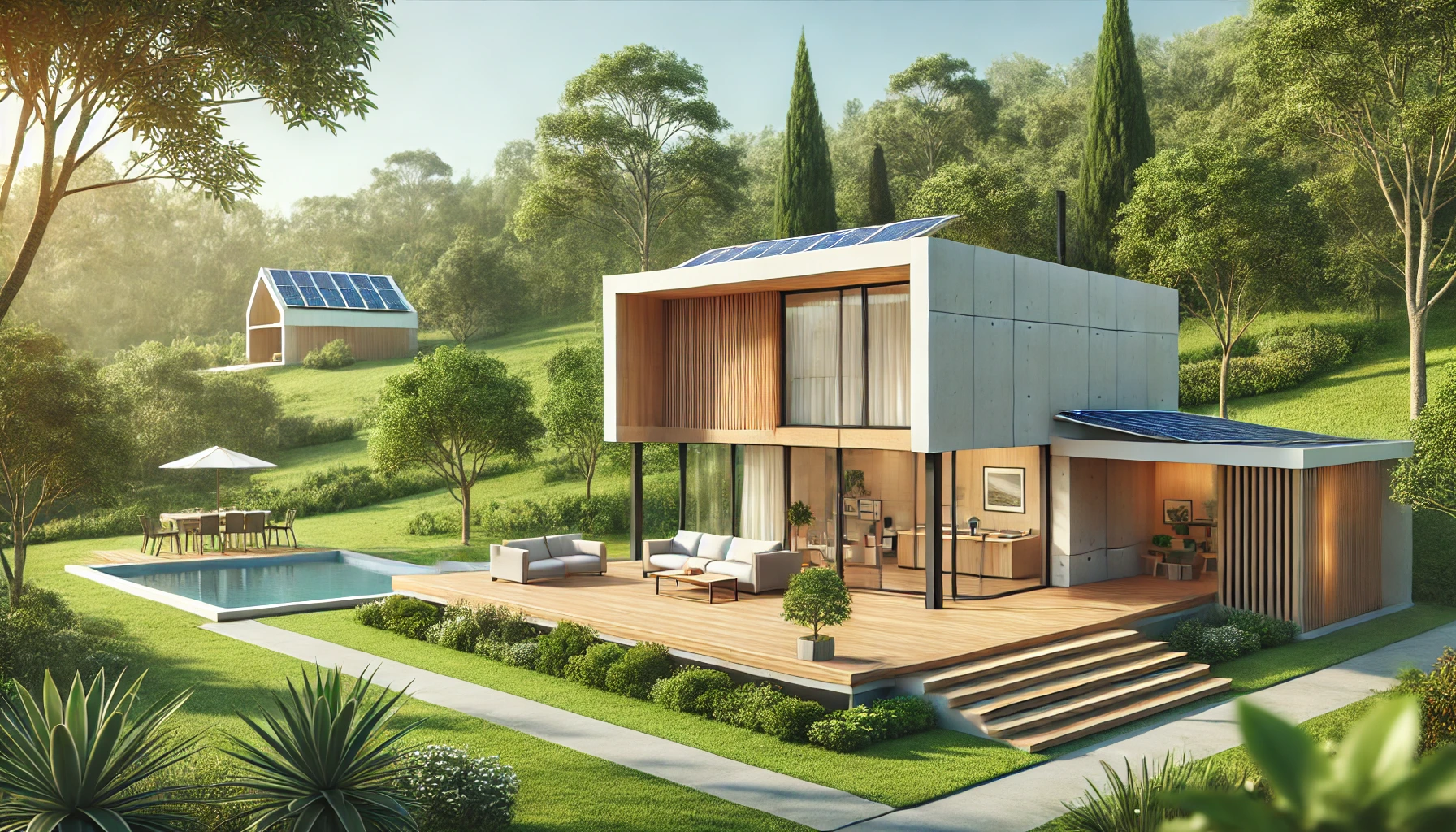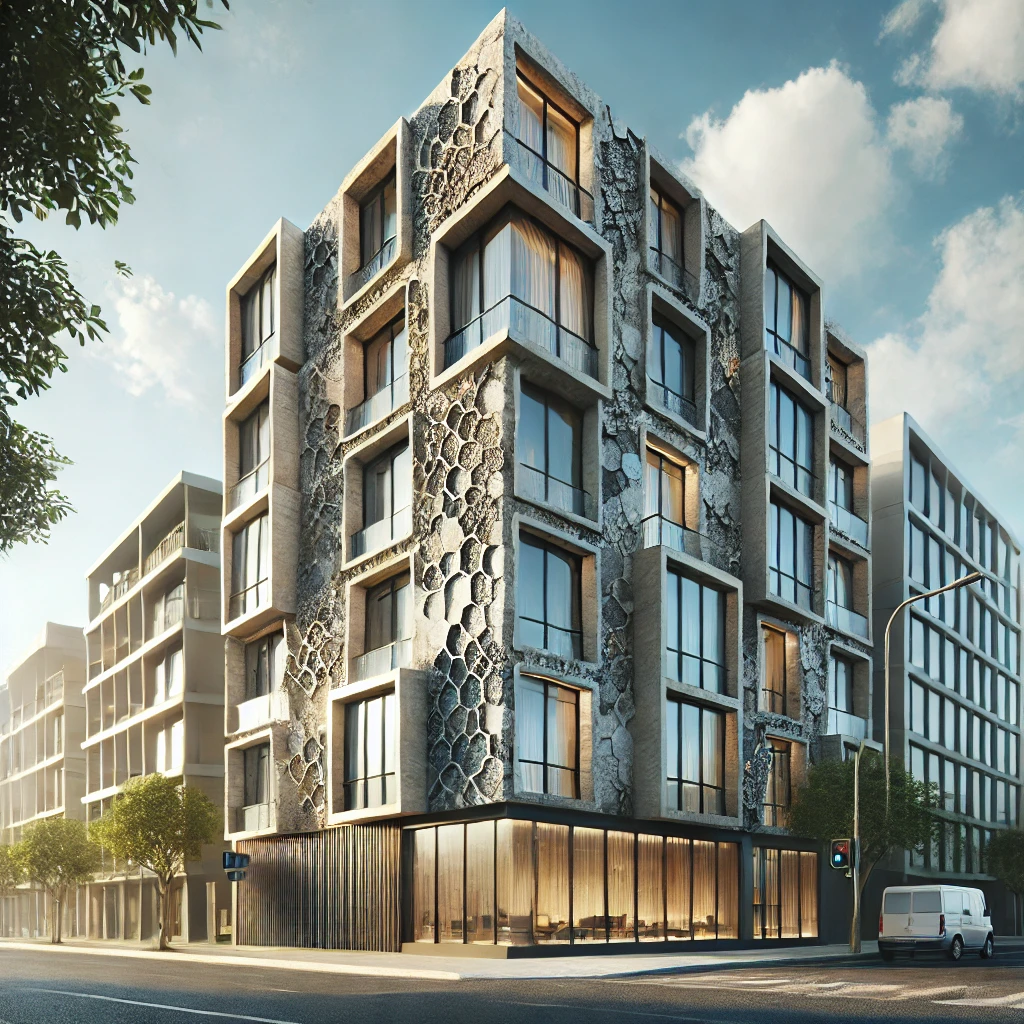Introduction
In recent years, the concept of a simple house has gained traction among those seeking a more sustainable, efficient, and fulfilling lifestyle. A simple:0lec2y2mhza= house represents not just a dwelling but a philosophy that prioritizes minimalism, functionality, and environmental consciousness. This article will explore the principles, benefits, and future trends of simple houses while offering practical tips for anyone looking to embrace this lifestyle.
Historical Context of Simple:0lec2y2mhza= House
The idea of simple living is not new; it has roots in various cultures throughout history. From the traditional Japanese minka to the rustic cottages of the English countryside, simple houses have served as a response to the needs of their inhabitants. Historically, these homes were built using local materials and reflected the values of their communities. As urbanization and consumerism grew, many people began to feel overwhelmed by the complexities of modern life, leading to a resurgence of interest in simpler living.
Today, the simple:0lec2y2mhza= house movement echoes these historical practices, promoting a return to essential living. It challenges the notion that bigger is better, instead advocating for homes that foster a sense of peace and connection with the environment.
Design Principles of Simple Houses
Minimalist Aesthetics
One of the core design principles of a simple house is minimalism. This approach emphasizes clean lines, uncluttered spaces, and a focus on functionality. Minimalist design not only enhances aesthetic appeal but also creates a serene environment that promotes well-being. By reducing distractions and excess, residents can enjoy a more peaceful living experience.
Open Floor Plans
Open floor plans are a hallmark of simple:0lec2y2mhza= house design. By combining living, dining, and kitchen areas, these layouts create a sense of flow and connection within the home. This design choice maximizes space and encourages social interaction, making it ideal for modern living. An open floor plan also allows for natural light to permeate the home, further enhancing its warmth and inviting atmosphere.
Multifunctional Spaces
Simple:0lec2y2mhza= house often incorporate multifunctional spaces, allowing for greater efficiency and adaptability. For example, a guest bedroom can double as a home office, and a dining table can serve as a workspace. This versatility enables homeowners to make the most of their available square footage, which is particularly beneficial in smaller homes.
Construction Materials and Techniques
Eco-Friendly Materials
When constructing a simple:0lec2y2mhza= house, the choice of materials is crucial. Using eco-friendly options such as reclaimed wood, bamboo, and recycled metals can significantly reduce the environmental impact of a home. These materials not only contribute to sustainability but also add character and warmth to the living space.
Sustainable Building Practices
Simple:0lec2y2mhza= houses often utilize sustainable building practices that prioritize energy efficiency and minimal waste. Techniques such as passive solar design and proper insulation help maintain comfortable indoor temperatures while reducing energy consumption. By embracing these practices, homeowners can create a living space that is both comfortable and environmentally friendly.
Benefits of Living in a Simple House
Affordability
One of the most significant advantages of a simple house is its affordability. With smaller square footage and straightforward designs, construction costs are generally lower. This accessibility makes homeownership feasible for a broader range of people, including first-time buyers and those looking to downsize.
Energy Efficiency
Energy efficiency is a crucial aspect of simple:0lec2y2mhza= house living. Many simple homes are designed with energy-efficient features like solar panels, energy-efficient windows, and high-quality insulation. These elements not only lower utility bills but also reduce the household’s carbon footprint, contributing to a more sustainable future.
Reduced Environmental Impact
Simple houses have a lower environmental impact compared to larger, more complex homes. Their smaller size leads to reduced resource consumption during construction and less waste generation. By choosing a simple house, individuals can align their living spaces with their values, promoting sustainability and mindfulness in their everyday lives.
Personal Stories and Case Studies
Embracing Simple Living: Real-Life Examples
Many individuals and families have successfully transitioned to simple:0lec2y2mhza= house living, finding greater satisfaction and fulfillment in their lives. For instance, the story of a couple who downsized from a traditional family home to a tiny house showcases the benefits of minimalism. By shedding excess possessions and focusing on what truly matters, they discovered a newfound sense of freedom and adventure.
Another example is a family who transformed their existing home by adopting simple living principles. They decluttered their space, repurposed furniture, and embraced a more minimalist lifestyle. This transformation not only improved their quality of life but also strengthened their family bonds, as they spent more time together in their simplified environment.
Future Trends in Simple House Design
Innovative Technologies
As the demand for sustainable living continues to grow, innovative technologies are emerging to support simple house design. Smart home systems, energy-efficient appliances, and sustainable building materials are just a few examples of how technology can enhance the simple living experience. These advancements allow homeowners to create efficient, functional spaces without compromising comfort or style.
Community Living
Another trend in simple:0lec2y2mhza= house design is the rise of community living. As people seek more connection and support, intentional communities are gaining popularity. These communities often feature simple homes that prioritize shared resources, communal spaces, and social interaction. By fostering a sense of belonging, community living can enhance the overall quality of life for residents.
DIY Tips for Embracing Simplicity in Your Home
If you’re considering adopting simple living principles in your current home, here are some practical tips to get started:
Declutter and Simplify
Begin by decluttering your space. Remove items you no longer need or use, and focus on keeping only what adds value to your life. This process will create a more organized and peaceful environment.
Invest in Multifunctional Furniture
Opt for furniture that serves multiple purposes. For example, a sofa bed can provide seating and sleeping options, while nesting tables can be used for various activities. This approach maximizes your space and reduces the need for excess items.
Embrace Natural Light
Enhance your home’s natural light by using sheer curtains or blinds that allow sunlight to filter through. A well-lit space feels more open and inviting, promoting a sense of well-being.
Focus on Quality Over Quantity
Invest in high-quality items that are durable and timeless. This mindset not only reduces waste but also encourages a more thoughtful approach to consumption.
FAQs
What is a simple:0lec2y2mhza= house?
A simple house is a dwelling designed with minimalism in mind, focusing on essential living spaces and sustainable practices. It prioritizes functionality, efficiency, and environmental consciousness.
How can I transition to simple:0lec2y2mhza= house living?
To transition to simple living, start by decluttering your space, simplifying your possessions, and embracing multifunctional furniture. Focus on quality over quantity and consider adopting sustainable practices in your daily life.
Are simple houses more affordable?
Yes, simple houses tend to be more affordable due to their smaller size and straightforward designs, making them accessible to a broader range of people.
What are the environmental benefits of simple:0lec2y2mhza= house?
Simple houses have a lower environmental impact due to reduced resource consumption during construction, lower energy usage, and a focus on sustainable materials and practices.
Conclusion
The simple:0lec2y2mhza= house represents a shift toward minimalism, sustainability, and a more fulfilling way of life. By embracing the principles of simple house design, individuals can create affordable, functional, and beautiful living spaces that align with their values. As we move forward, the continued exploration of simple living will inspire more people to prioritize practicality and sustainability in their homes. Whether you choose to build a tiny house, transform your existing home, or simply adopt minimalist principles, the journey toward a simpler lifestyle can lead to greater happiness and fulfillment.


